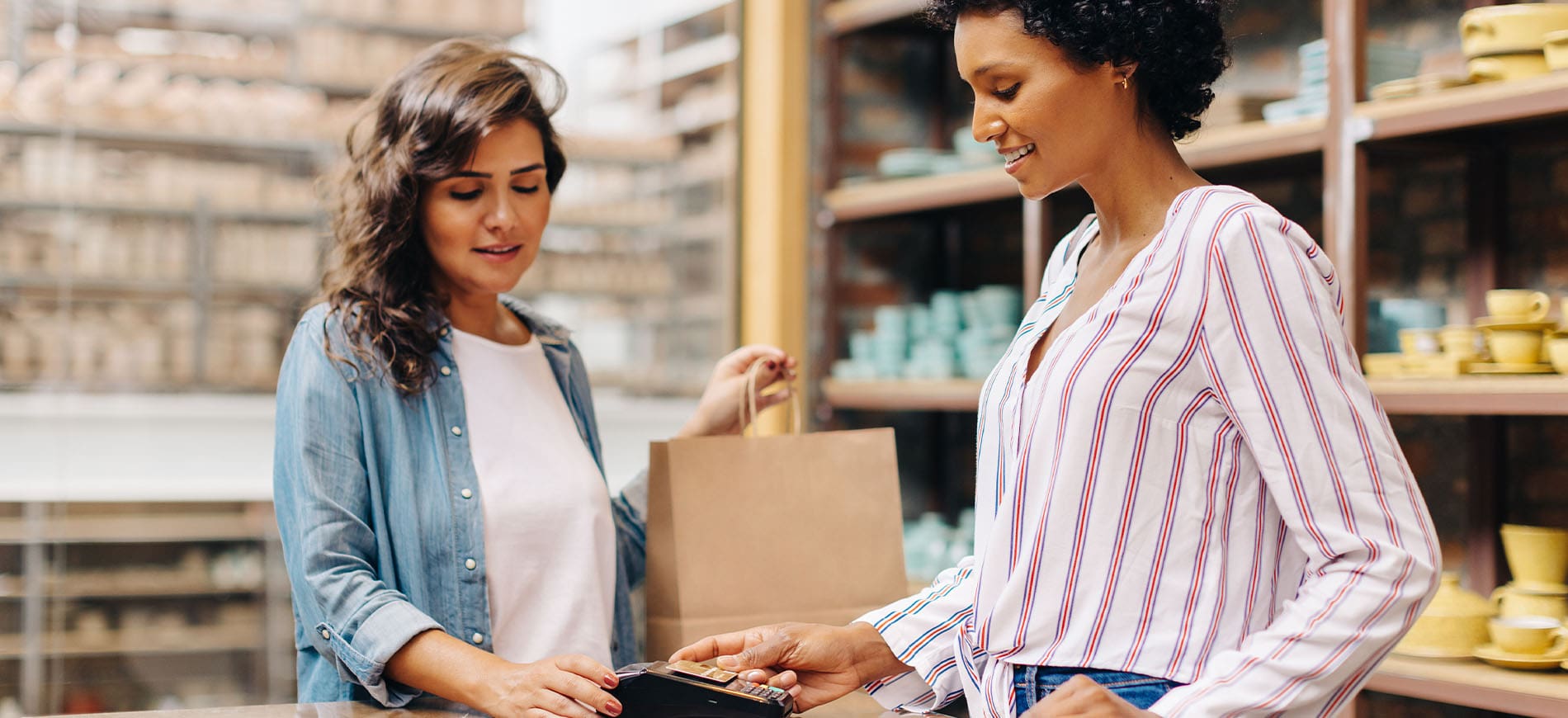With many parts of the world thrown into turmoil, brands are wondering how they should position themselves with consumers in light of the COVID-19 pandemic. After all, in a crisis period, you don’t want to appear opportunistic. No brand wants to be seen to be ‘winning’ at a time when consumers are scared about their health, their jobs, their families – basically everything – which has led to marketers pulling their advertising for fear of appearing tone-deaf. But nor should they want to lose, or for consumers to forget about them in their blind panic.
While it may seem like there’s no rulebook for navigating these uncertain times and that the old consumer trends couldn’t possibly apply to this new environment, it’s important to remember that a brand that isn’t relevant to consumer lifestyles today will likely be left behind, even as those lifestyles shift very quickly.
Brands can tap into longer-term trends to remain relevant to new circumstances, without needing to directly name-check any current pandemics (or ‘social distancing’, or ‘who we’re doing it for’, or using the word ‘uncertainty’ with a sad piano solo in the background). Superficial marketing campaigns imploring consumers to stay two metres apart position a brand as authoritative and ultimately unhelpful. Consumers don’t need fast-food restaurants to remind them about new regulations; they need a brand to help them navigate a world with these restrictions in place.
Professor Byron Sharp (of Marketing Science at the University of South Australia) argues that when it comes to product usage and loyalty ‘behaviour is a powerful driver of awareness, perceptions and attitudes’, which means that consumer’s current behaviour, however abnormal by even their standards, will impact how they feel about brands when we reach the other side of this crisis. While we’re in the middle of an extremely reactionary phase right now, these less obvious trends will continue to play out long after the panic buying has stopped. Smart brands won’t be asking ‘what’s the next toilet paper?’. They’ll be looking at the bigger shifts in consumer expectation and acting accordingly to position themselves for a new, post-coronavirus reality.
Mintel Trend ‘Life – an Informal Affair’
The first trend is perhaps an obvious one to anyone currently working from home in their underwear. Mintel Trend ‘Life – an Informal Affair’ highlights how society has gradually become far less prim and proper. The lines have been blurring between work and play for some time, but the sudden necessity to take each and every business call from one’s own home has fused work and home beyond all recognition. Coworkers are getting glimpses of each other’s personal lives through Zoom meetings, and this newfound intimacy will linger long after life goes back to normal. This extends to clothing and personal care – few are wearing makeup right now, with basic hygiene being the biggest priority. Athleisure has turned to ‘comfort wear’, with brands like Everlane and Universal Standard offering cozy yet stylish working-from-home options instead of their usual seasonal contributions.
Once life goes back to normal (or as near ‘normal’ as we can muster) we will see that desire to get dressed up return, but it will be hard to retreat completely from these casual elements. The value of comfort – both physical and emotional – will become really important. People are genuinely checking in with each other in a way we’ve not seen on such a large and extended scale, and now that we’ve dropped all the pretenses, so to speak, it’s unlikely that we’ll pick them back up again completely. The concept of formality will move away from ritual and authority, and towards politeness and empathy – a bit more ‘human’.
Mintel Trend ‘Survival Skills’
After the recession of 2008, we noted a new trend emerging – a growing number of consumers preferring to DIY than purchase readymade items. Mintel Trend ‘Survival Skills’ highlights how an initial need for cost-cutting has turned into a desire for self-reliance as more consumers began learning new skills and taking pride in doing things for themselves. At this stage of the coronavirus pandemic, not only are consumers finding that learning how to make things is faster and easier than ducking out and buying it (which is frowned upon), but that they actually have the time and inclination to do it. We’ve seen an international shortage of yeast as consumers choose to bake their own bread; restaurant stars going online to show fans how to make their favourite meals at home; while craft stores are helping customers learn how to sew their own face masks to donate to hospitals.
With a growing second-hand economy already reshaping the way consumers think about purchasing goods, these newfound skills could take their thriftiness to new heights through upcycling vintage finds, turning old into new again for a fraction of the cost and the satisfaction of a job well done. Brands can support these endeavours by giving consumers the tools to do something themselves, and guiding them through the process. If the current health crisis turns into an economic crisis, as it well might, consumers will look less towards convenience and more towards value – and upskilling is its own reward.
Mintel Trend ‘Creature Comfort’
Alongside a deeper casualization and urge to DIY, there is a rising obsession with our pets. We’ve been watching this trend play out for a number of years as pets have infiltrated many aspects of consumer life: direct-to-consumer dental care, cabernet sauvignon, ice cream and even K-beauty products are being made with pets in mind and pets are increasingly allowed to come into the office, pub, and wherever else their human goes. Mintel Trend ‘Creature Comfort’ explores how as the traditional, nuclear family disappears, animals are becoming the new children, meaning that brands must cater to a new breed of pet-owner-as-parent.
In Australia for example, demand for rescue animals has soared as people stuck at home because of the coronavirus seek out pets to help them through the pandemic, with adoption and foster queries rising by 300%. While many people are likely looking for a companion to see out their social distancing period, others may be using the time as an opportunity to finally adopt a pet that they’ve always wanted, but haven’t had the time to commit to those difficult beginning stages. Working from home provides the time required to settle a pet into their new surroundings and let them bond with their new owner. As consumers spend more time at home and more time with their furry friends, they’ll look for more ways to bond with them – whether it be through toys and puzzles to keep them occupied while they work, treats and snacks that pets can eat more of throughout the day or other accessories to help humanise their stay-at-home buddy.
Brands could look to create animal-friendly versions of well-known products, while services should look to cater for pets where they can. As working-from-home becomes the norm rather than the exception, pets will continue to provide companionship throughout the day – even after social distancing is no longer necessary.
What we think
Smart brands will be thinking about not just this moment of panic, but their longer-term positioning and the potential whitespace that comes with such a massive shift in the way consumers live their lives. These trends, while playing out at an almost exaggerated degree at this moment, have staying power that will see them influence consumer purchasing behaviour long into the future. Brands have an opportunity to become pillars of stability in an unstable world by offering realness and intimacy to consumers. Humanity and empathy will become the benchmarks by which brands are judged, rather than the old ideas of perfection and brands ‘knowing what’s best’. Relevance doesn’t mean directly reacting to every crisis or news event; it means understanding what consumers want and why today, what they’re likely to want tomorrow, and responding in a way that makes it clear how your product or service fits into their lifestyle. In this way, the right consumer trends can be used as a guy-wire for brands through the uncertainty of crisis.





































